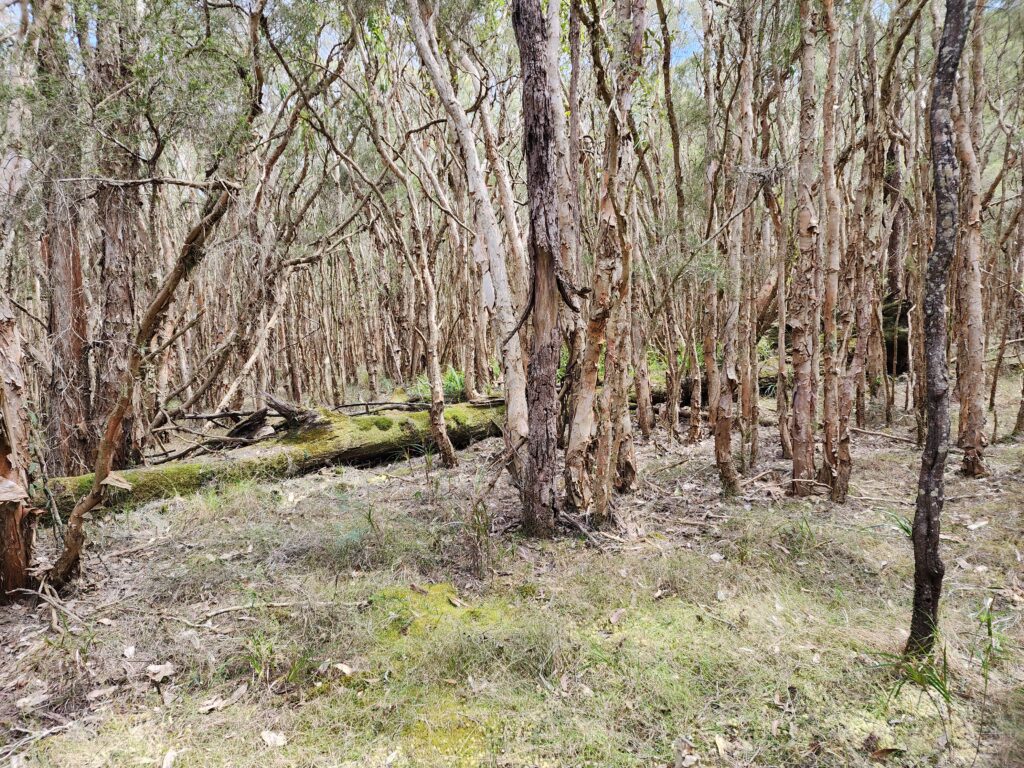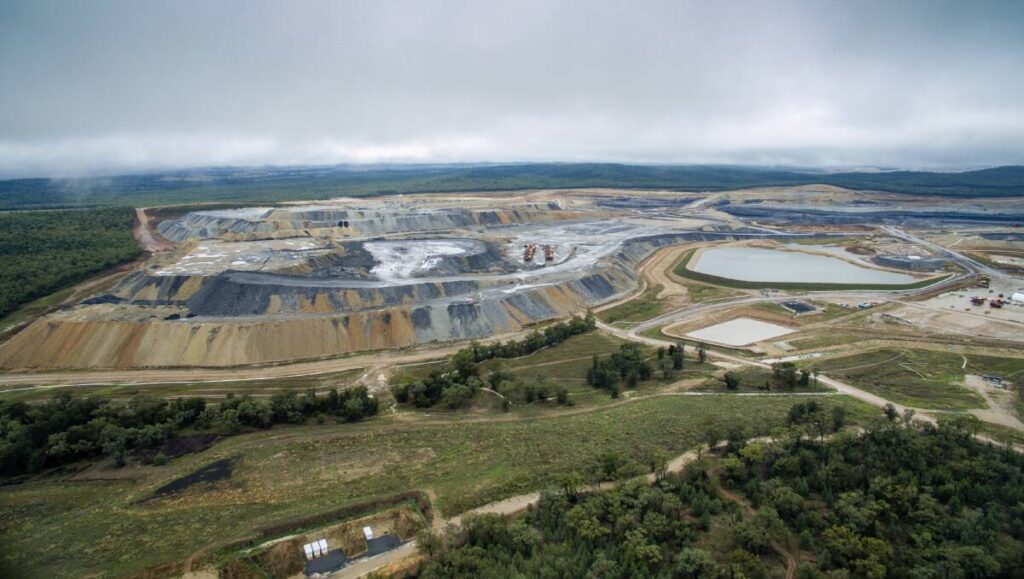The long-awaited NSW Government response to the Ken Henry Review of the Biodiversity Conservation Act has been released along with the review of the Local Land Services Act – it promises a new approach to enabling nature to “recover” but does not fully embrace the need to put nature first.

By Jacquelene Pearson
The NSW Government released its response to the statutory reviews of the Biodiversity Conservation Act 2016 and the native vegetation provisions of the Local Land Services Act 2013, on 17 July.
According to the NSW Office of Environment and Heritage, “the response signals a shift in the way the state fulfills its responsibilities to protect the environment and manage native vegetation across the state, now and into the future”.
The plan will deliver on three key election commitments in this term of government: to reform the biodiversity offsets scheme, to end excess land clearing and strengthen environmental protections.
It also outlines the legislative, policy and program directions the NSW Government will take to respond to the statutory reviews and deliver on its commitments.
The response
According to the government response, amendments to the Biodiversity Conservation Act will require the biodiversity offsets scheme to transition to overall ‘net positive’ outcomes, and upfront consideration of biodiversity will be strengthened in planning and development processes.
To support ongoing improvements to native vegetation management on private land, the NSW Government will strengthen prescriptions in the Land Management (Native Vegetation) Code and implement a new monitoring, evaluation and reporting framework.
The NSW Government is committed to working with the community to design and deliver the wide range of initiatives outlined in the response to ensure natural resources are managed in the social, economic and environmental interests of the state.
Minister for the Environment Penny Sharpe said: “We cannot ignore the truth: biodiversity in NSW is in crisis. Our goal must be to leave nature better off than we have found it.
“The independent review of the Biodiversity Conservation Act showed we need to take a number of reform measures not just to protect the biodiversity we have now, but to build on this baseline and do better. Our response to this review is that we are ready to take on that challenge.
“It’s clear we need new approaches, and that additional effort must be directed into proactive landscape-scale biodiversity protection, restoration, and management. We must go beyond the aim of halting loss to one of achieving overall ecosystem gains.
“The response sets out our immediate priorities and directions, but this is the start of concerted action, reform, investment.”
Minister for Agriculture and Regional NSW Tara Moriarty said: “The NSW Government is committed to improving the management of native vegetation on private rural land and supporting landholders to improve environmental outcomes and access emerging natural capital markets.
“While the statutory LLS review found the objectives of the native vegetation provisions are valid, it also showed us there are actions we can take to improve native vegetation management on private land.
“To support further improvements to native vegetation management on private land, there will be an independent review by the Natural Resources Commission commencing in 2025, to provide Government with advice and options to further protect and restore biodiversity in regional landscapes and enhance value and support for landholders.
“Importantly, we will be working with farmers to deliver the actions outlined in this response to ensure we better protect native vegetation and promote sustainable agricultural production.”
Implementation
The whole-of-government response makes all the right noises about restoring biodiversity and rewarding landholders who take care of native vegetation. The Henry review of the BC Act made it clear that “substantial reform is needed to deliver a nature positive state for NSW. Nature positive demands a shift in mindset and a willingness to prioritise biodiversity concerns in decision making.”
The proposed strategy appears to embrace a ‘Nature Positive” approach which is gaining credence and popularity at a national and global level but the actions that will see the strategy implemented do not fully embrace a nature first approach.
‘Nature Positive’ according to this NSW Government ‘Plan for Nature’ means “the environment is being repaired and regenerated. This contrasts with traditional sustainability approaches, which have sought to minimise negative impacts by slowing or tabilizing the rate of biodiversity loss.”
The mechanisms by which such goals will be achieved include “amending the BC Act to remake its objectives and operations, and to introduce a NSW Nature Strategy and changes to the Land Management (Native Vegetation) Codes”.
The response includes a strong undertaking to work with Aboriginal peoples to put nature first: “We will undertake tailored engagement with Aboriginal organisations, communities and people to ensure their views, knowledge, values and interests underpin the development and implementation of our actions and initiatives under this response.”
“Any engagement and reform will support the NSW Government’s commitment to standalone Aboriginal cultural heritage legislation, our commitment to a process of Treaty with Aboriginal people, and our commitment to achieving the objectives in the National Agreement on Closing the Gap,” the response said.
“We will pilot a new biodiversity reporting framework to enable agency impacts to be transparently reported. This will also allow us to identify any unrealised conservation opportunities across portfolios. We will establish new processes to better consider the potential biodiversity impacts from government decision-making.”
We’re told, “The adequacy of protections for land identified (currently and in the future) as being of high conservation value will be reviewed to inform future decisions about the need for new mechanisms to deliver up-front clarity on unacceptable impacts on biodiversity.” However, how the review of that adequacy will be conducted, and when, are not spelt out.
A strength of the response is the statement that the NSW Government will focus its biodiversity conservation program on ecosystem recovery and restoration, while continuing to invest in critically endangered species and species not well suited to broad-scale management.
When it comes to private land, the NSW Government has committed to strengthening the Biodiversity Conservation Trust’s private land conservation program.
“We will introduce stronger private land conservation agreements that protect sites of high biodiversity value from incompatible land uses. Private land conservation agreements will be broadened to recognise and protect Aboriginal cultural values and traditional ecological knowledge. We will improve the management, funding and reporting of private land conservation agreements.”
Offsetting to continue
According to the Government Response, almost half the recommendations in the BC Act Review pertained to the Biodiversity Offsets Scheme.
“At the 2023 State Election, the NSW Government committed that it would fix the Biodiversity Offsets Scheme. We are committed to offsets being a genuine last resort.
“We will front-load environmental considerations in planning processes and ensure the offset hierarchy – to avoid, minimise and then offset impacts on the environment – is applied.”
That all sounds promising, but, “Some impacts, however, are unavoidable. For this reason, the NSW Government is committed to supporting transparent, rigorous offsetting and a functioning biodiversity credit market. This will be needed to support clear government priorities for housing, renewable energy and critical infrastructure.”
The following steps will be taken to address the many shortcomings identified in the current offsetting system:
- Amend the BC Act to require the scheme to transition to overall ‘net positive’ outcomes over time, going beyond the current ‘no net loss’ standard.
- A new statutory standard will be introduced, requiring proponents to demonstrate how they have genuinely avoided and minimised impacts to biodiversity, with a focus on avoiding impacts on entities at risk of a serious and irreversible impact.
- A new public register will provide transparency regarding ‘avoid’ and ‘minimise’ measures for approved developments.
- Stronger and clear guidance to support decision-makers in determining serious and irreversible impacts on biodiversity.
- Update the way in which credit obligations are calculated for areas of high biodiversity value, consistent with the outcomes of the 5-year review of the Biodiversity Assessment Method.
- The option for major mining proponents to meet a credit obligation through a commitment to ecological mine site rehabilitation will be removed. The NSW Government will work with industry to explore options that optimise the use of the land post-mining, including for environmental, renewable energy or other purposes.
- Concurrence from the Minister for the Environment will be required for state significant development or state significant infrastructure projects where conditions other than the requirement for the full number and type of credits to be met are proposed.
- stronger processes and requirements for the Biodiversity Conservation Trust to acquit credit obligations transferred to the Biodiversity Conservation Fund, including introducing a time frame.
- The operation and administration of the Biodiversity Conservation Fund and the Biodiversity Stewardship Payments Fund will be improved to maximise delivery of strategic offsetting and environmental outcomes
What won’t be done
The NSW Government will retain “Ecologically Sustainable Development (ESD)” will be retained as the key sustainability measure in relevant legislation. Rather than adopt Ken Henry’s recommendation to fix the BC Act and give it primacy, the government has decided it will reform other laws to get the results Henry said were necessary. The meaning of ESD will be modernized to focus on “biodiversity conservation and intergenerational equity”.
NSW will get a new Nature Strategy, made a legal requirement under the BC Act but the word “first” as argued by Ken Henry, will not be included in the title. Henry wanted a single spatial “nature positive” tool to enable biodiversity to be considered first when making decisions about planning and to map “no go zones” where development would be prohibited.
Instead, the NSW Government will map areas of current and future high biodiversity value and “provide clear guidance to the community and decision-makers about areas where biodiversity impacts should be avoided”.
More information
Farmers or landholders who have questions about native vegetation management can contact their closest Local Land Services office (https://www.lls.nsw.gov.au/i[1]want-to/contact-my-local-office).
The full response is available at NSW plan for nature (https://www.nsw.gov.au/departments-and-agencies/the-cabinet-office/resources/nsw-plan-for-nature)


